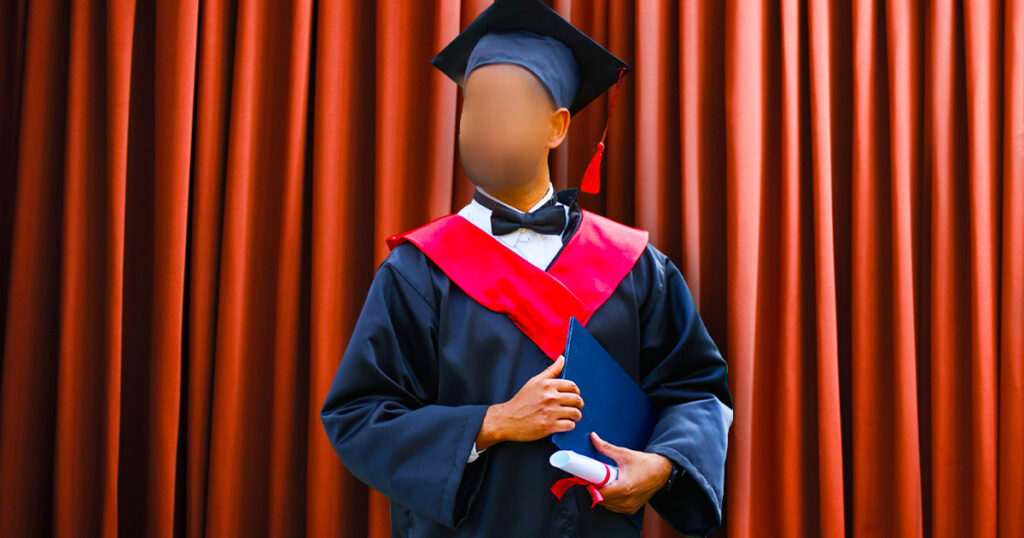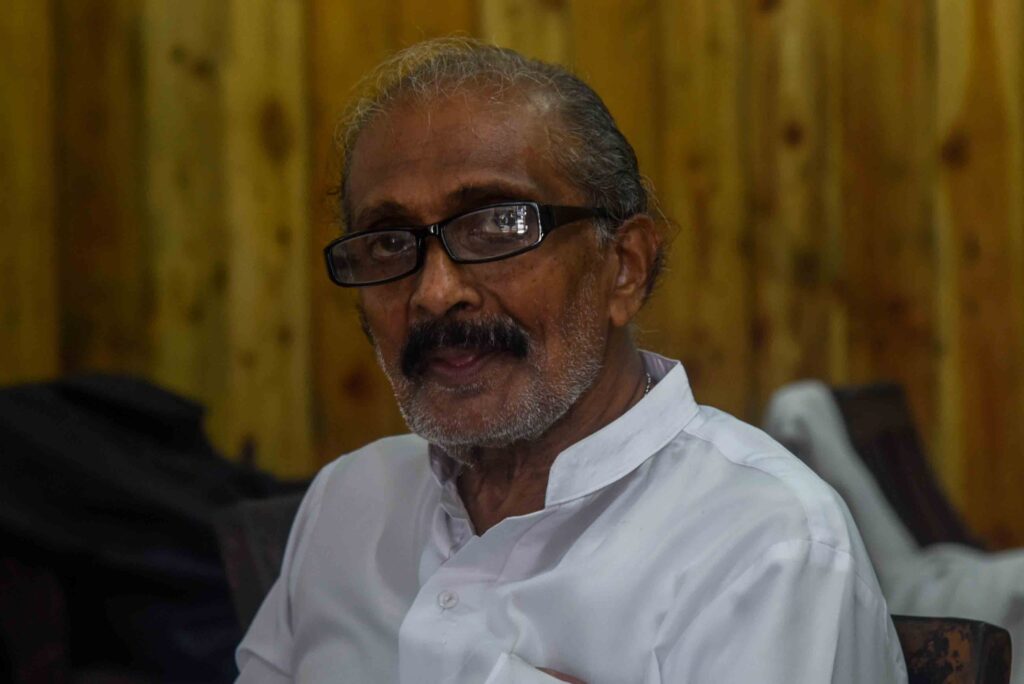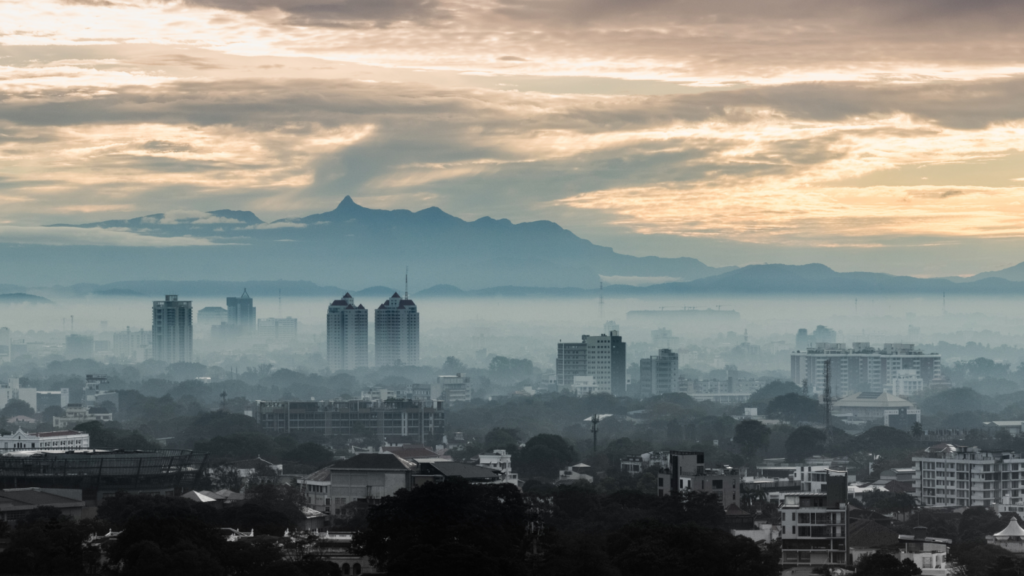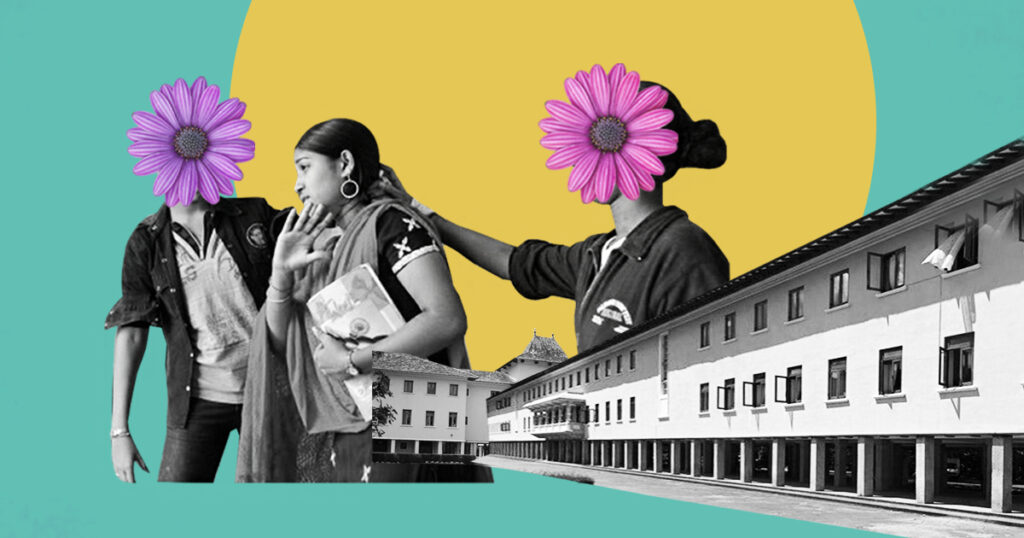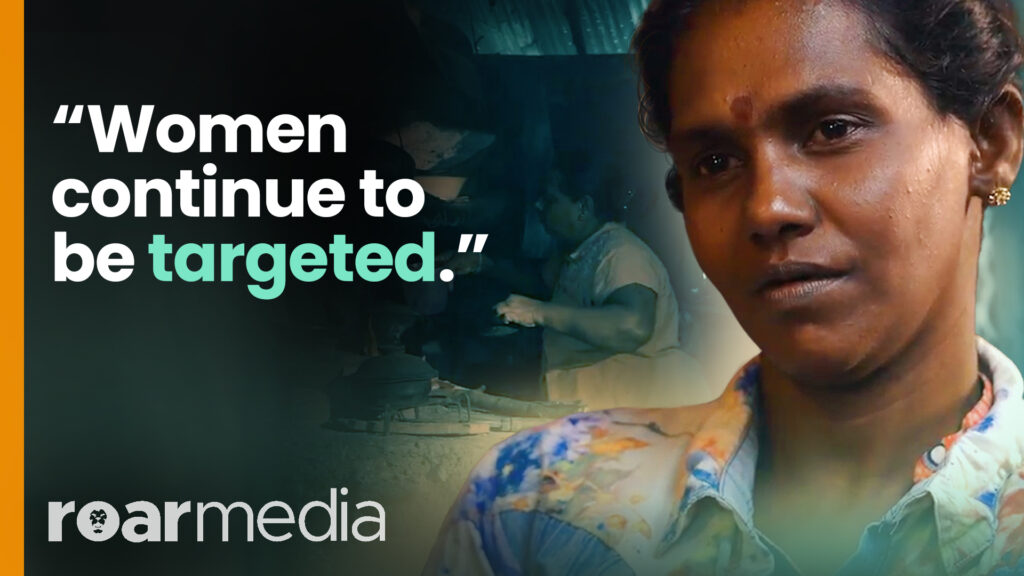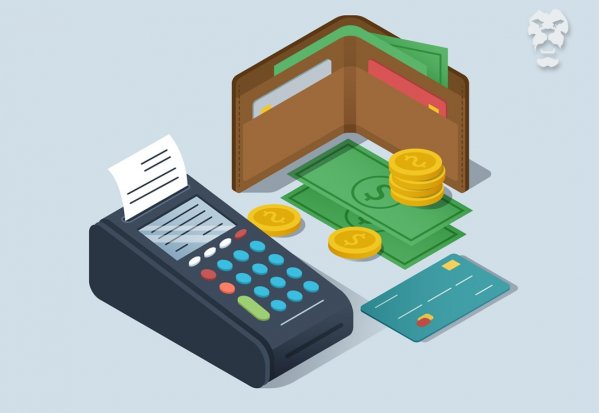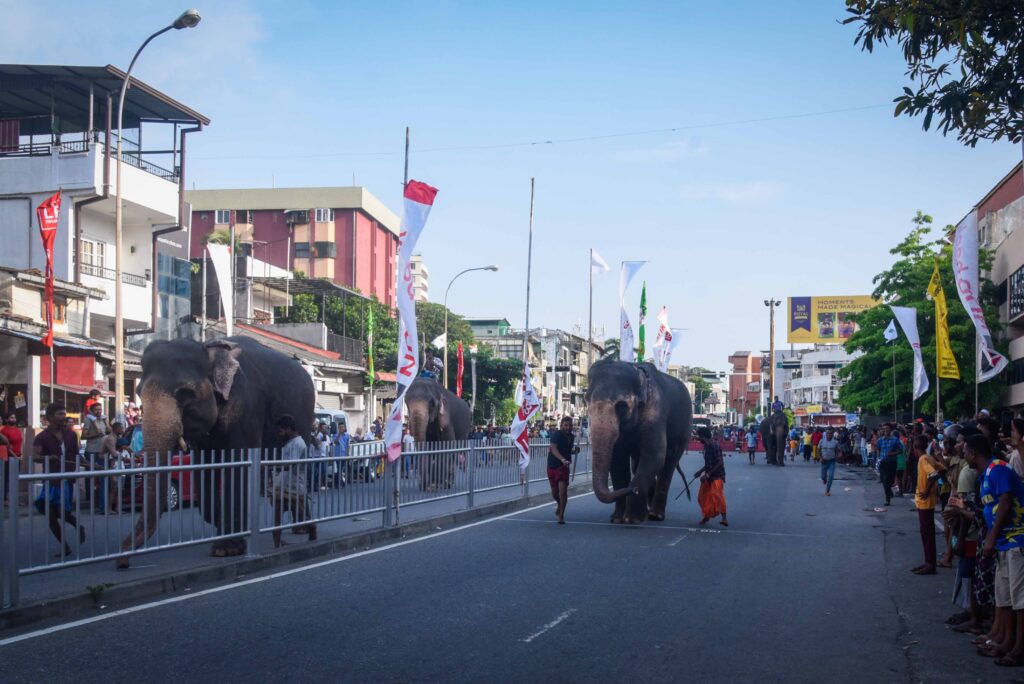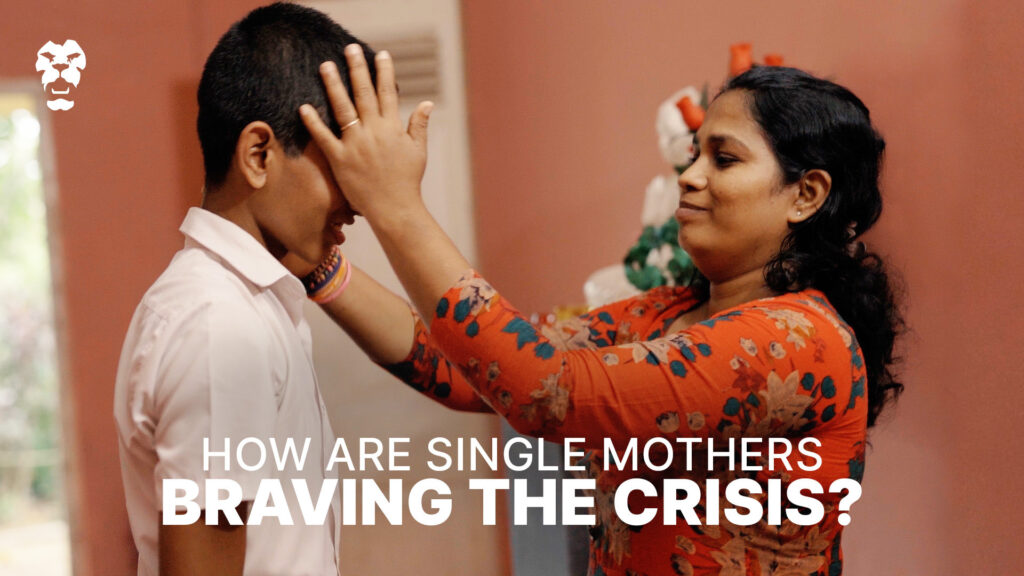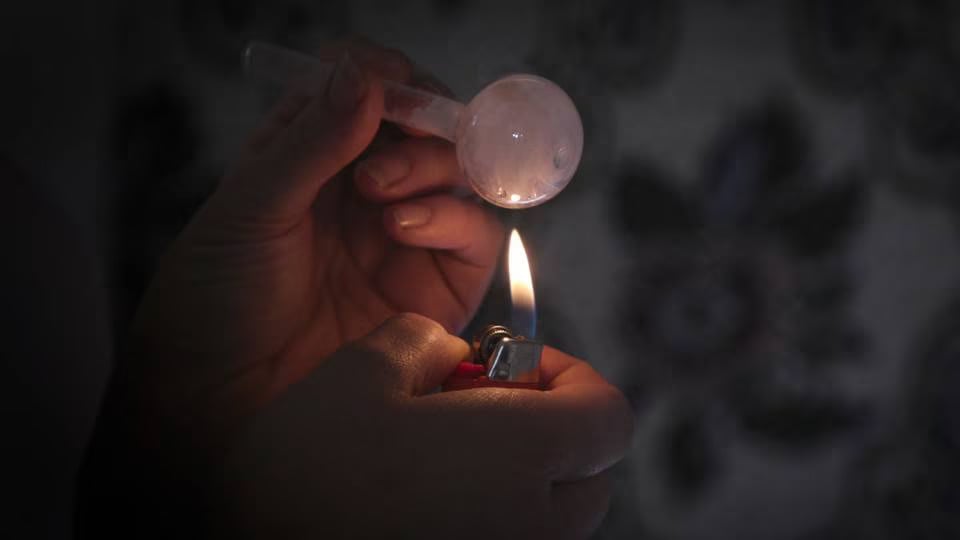
In Sri Lanka, the ‘war on drugs’ is a recurring topic in political and social circles. Towards the end of last year, after significant socio-political upheavals in the country, the conversation on drugs rose up once more– this time with a specific focus on school children using Ice, the street name for crystal methamphetamine.
People with addiction or substance use disorders are stigmatised and in most cases, criminalised in Sri Lanka. In addition to this, the necessary services they require on their path to recovery are often inaccessible and lack best practice standards. Although rehabilitation centres — both private and state-run — are available in the country, their treatment methods and conditions are impacted by a lack of resources and trained professionals.
While there is near-hysteria being spread about increasing drug users, there is little being done to address and help those who are struggling with drug addiction. An empathetic approach is clearly the need of the hour, so why does Sri Lanka not adopt one?
Widespread Abuse In Rehab Centres
One former patient who had undergone treatment at a private rehabilitation centre in Colombo 5 detailed to Roar Media the harrowing experiences she had faced.
She was admitted to the centre when she was 27 years old, against her will. Apart from cigarettes and some “innocent party drugs,” she claimed that she was never addicted to any substances. However, to her mother, a conservative parent from a traditional background, this was not the case.
“Once, I went home to find five people at the door, including one female and one male police officer who said they had received a complaint about weed in the house.”
“In my head, what was happening to me was impossible,” she said. “I shouted at them and they were really surprised to see me speaking up. They told my mom that if I went to the police, they would put me into Angoda [the National Institute of Mental Health]. My mother was really scared and told them to go to a private institution. So, they took me to a private hospital in Colombo 05 – this is a pretty well-known place.”
On the fifth floor of the hospital, a nurse had asked her for a blood sample, to which she had agreed. However, when they suggested an injection to sedate her, she refused.
“Then they forcefully tied me to a bed and injected something into me. I passed out after that. The next morning, I woke up in one of their rooms the next day and I was kept for four weeks,” she said. “I was given at least nine types of different drugs every day. The doctors kept asking me two questions every day: whether I was straight and whether I was Buddhist. I was quite confused as to how this related to my sanity.”
After four weeks at the centre, she was transferred to a cheaper facility as her mother had found it difficult to foot the hospital bill. She was kept at this facility for two more weeks, attended to by the same doctors who had treated her at the previous hospital. Before she was released, they had administered a lithium injection to her, without any consent or reason.
“On my way home, I realised that I was shaking unnaturally,” she said. “I also realised I could not talk anymore, even though I tried. My tongue was swollen. That was really scary and that was the first time my mom saw that as well. There were muscle twitches and I had put on weight in a very weird way. I could not sleep – up until then I had no trouble falling asleep.”
It was only weeks later she found out that there had never been any police complaint against her. When her parents complained to the hospital, they pretended to be police officers to take individuals away. “They weren’t even actual police. They were hospital workers, in fake police uniforms, trying to scare people,” she said.
Her consent was never taken for treatment or admission to the centre but she found out that her mother had signed the hospital documents. Although she had spoken to lawyers about possible accountability, they had said that she would need to name her mother as a respondent if she were to file a legal case, which she was not ready to do.
Sri Lankans are quick to criminalise and judge those with drug addiction. However, as this incident shows, questions arise about whether the country is equipped and prepared to treat them with the care, empathy, and knowledge they deserve.
The Rehab Process
In Sri Lanka, people can either go to rehab voluntarily or are ordered to rehabilitation by the courts. National Dangerous Drugs Control Board (NDDCB) Spokesperson Chamara Karunarathna told us that mandatory rehabilitation was done through court orders for those who were heavily addicted and could cause potential harm to society.
Karunarathna said that there are about 1,600 state and private centres and the maximum capacity in total was about 10,000 patients at a time.
“In our country, there is only a very limited capacity for both mental and physical treatments,” he said.
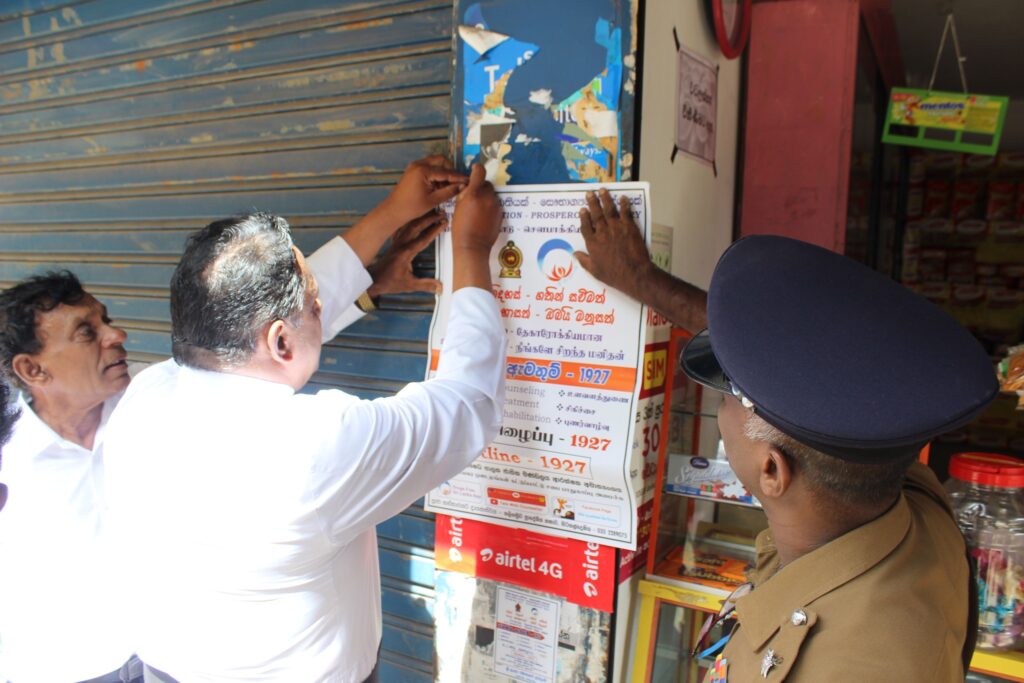
Former Commissioner of the Human Rights Commission of Sri Lanka (HRCSL) Ambika Satkunanathan told Roar Media that abuse was widespread in both private and State-run rehabilitation centres. These issues were not limited to state-run centres, she added and many private centres were not registered with the NDDCB. Even the ones that were, did not adhere to basic health safety standards and were not monitored adequately by the NDDCB.
“The bottom line is this: where treatment for drug dependency is concerned, there really isn’t any place in this country that provides evidence-based, scientific, and progressive treatment, including harm reduction, that is impactful,” said Satkunanathan.
Satkunanathan also noted that the two military-run centres at Senapura and Kanddakadu were within the purview of the Commissioner General of Rehabilitation and ultimately, under the Justice Ministry.
“They are run by the military which legally has no authority to run drug rehab centres,” she said. “The situation is particularly egregious at Kandakadu and Senapura because at these centres violence is normalised. In a country where impunity for human rights violations is the norm, what are the chances the military will be held accountable for abuses taking place at these centres?”
In response to the NDDCB’s role in regulating rehab centres, Karunarathna said that the Board routinely visited the centres and also addressed any complaints they received.
However, he said the NDDCB only provided technical support for Kandakadu and Senapura: “We give them training regarding counselling,” he said. “We do not look at the administration side. But one of our officers is there, in a supportive capacity.”

Struggling Centres
Established in 2011, Vimochana Illam is a rehab centre in Batticaloa, with a 42-day program and a capacity to house 12 patients at a time. However, the lack of funds, coupled with the economic crisis, is making it difficult for the centre to keep its doors open. The Centre’s Executive Director Selvika Sahadevan said that although they had received monetary funding from a Canadian beneficiary over the past 13 years, he had ceased financial support last year.
“He gave funds for the past 13 years but now he only engages in training and monitoring. We are in a difficult situation to run the program and keep the gate open from January. My father was an addict and I lost my childhood. I want to run this program to give good fathers and brothers to society. The court is sending us drug addicts from all over Sri Lanka and I’m in a position to help them but the funding issue is my problem,” she said.
Currently, she operates out of a rented house which houses 12 patients at a time. Having reached maximum capacity and a waiting list of patients in line for treatment, Sahadevan is contemplating how to keep running the centre with dried-up funds and rising inflation.
Siripa Sewana Chairperson Manoj Ganepalla said his centre, located in Kuruwita, provided a three-month live-in treatment for those with addiction. However, he noted that it was “difficult” to treat them in two to three months and stressed that aftercare, socialisation, and continued guidance were needed to ensure that the chances of relapse were minimal.
“We have a low success percentage of about 10% but we are a very new centre. They get released and stay for a few years, but at least about 90% are likely to get addicted again,” he noted.
Archdiocesan Apostolate for Drug Alcohol Demand Reduction Service Director Father Jude Bernard too noted that a minimum stay of six months is required at the centre he runs in Wattala for a higher success rate of recovery.
“People who stay for more than one and a half years are the ones who get released from their addiction. We can only keep 30 patients at a time. We have two centres, which treat two stages. The first stage is live in and we have 19 patients right now,” he said.
Despite these structural barriers to securing the right rehab treatment for those with substance abuse disorders in the country, the recent focus has been a fear-based approach to drug addiction, especially surrounding the increased use of ‘Ice’ by schoolchildren.
Is Ice The Problem?
Over the past few months, many reports through traditional and social media highlighted the ‘Ice problem,’ claiming that increased numbers of schoolchildren and youth were addicted to the drug.
However, NDDCB Spokesperson Karunarathna disputed these claims as being mere rumours.
“That is all lies and is a display of a lack of media ethics. They put whatever they want on media or social media. There was a big talk about school children being addicted – that is a script which is not even worth five cents,” he said.
According to NDDCB research, the total number of drug-related arrests in the first ten months of 2022 was 67,900 people, of which 6,728 arrests were made for the possession of methamphetamine. In 2021, a total of 110,031 drug-related arrests were recorded, of which 13,720 were for the possession of methamphetamine.
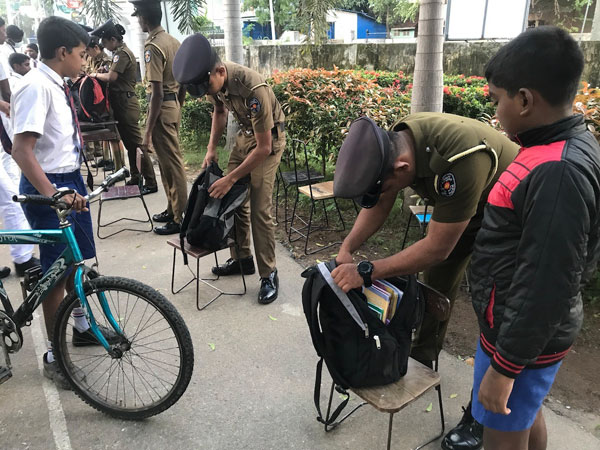

Father Bernard too claimed that the recent news about school children’s increased addiction to drugs was a lie and that many working in the field agreed with him.
NDDCB’s 2022 research shows that of those who were admitted for substance abuse treatment, only 78 were between the ages of 15 to 19 years (in 2021, this figure was 93). The ages of 25 to 29 years had the highest number admitted for treatment – 395 people.
“There are those who are of school-going age who could be users. They are all at risk – that is common to the entire world, not just our country. If you are addicted, you won’t go to school,” said Karunarathna.
Legal, structural, and institutional challenges await those who are undergoing treatment for substance abuse in Sri Lanka. This is as fear-mongering and taboo regarding addiction rise in society.

